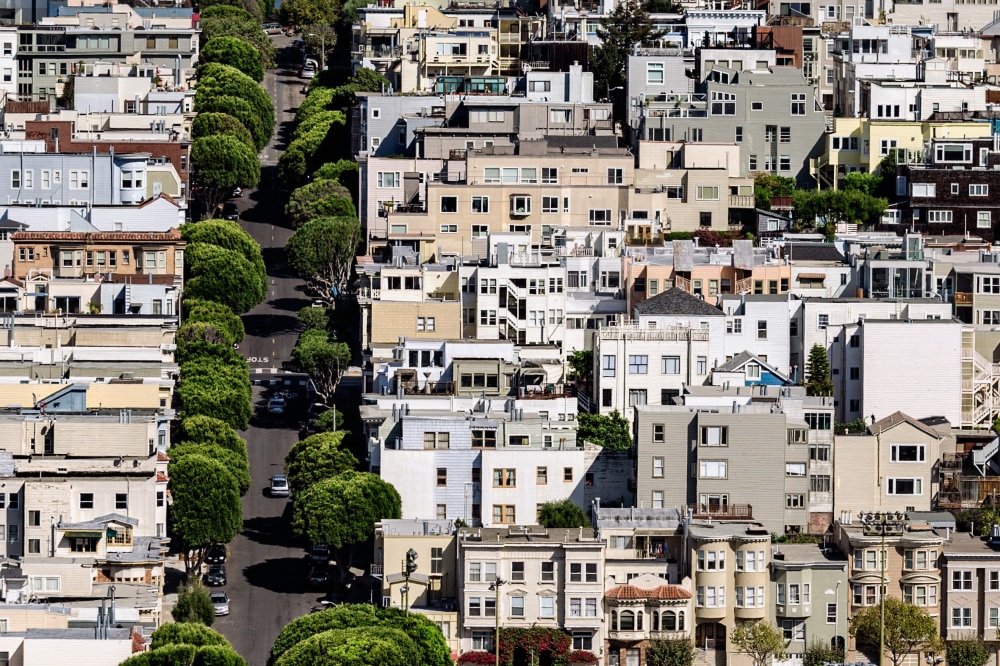Tbilisi, Georgia
Thomson Reuters Foundation
City dwellers tend to live longer if they are in leafy neighbourhoods, according to a study published on Wednesday that linked green areas to lower rates of premature death.
Trees in cities are already credited with cooling and cleaning the air and absorbing planet-warming gases, now researchers at the Barcelona Institute for Global Health have found they also keep death at bay.

A treed street in the US city of San Franciso. PICTURE: Vladimir Kudinov/Unsplash
“More green space is better for health,” said Mark Nieuwenhuijsen, director of the institute’s urban planning, environment and health initiative. “People actually live longer if there is more green space around.”
The research, which pulled data from nine other studies involving more than eight million people in seven countries from China to Canada, was the largest ever conducted on the subject, the authors said.
Researchers used satellite images to quantify how much vegetation, including trees, grass and shrubs, was within 500 metres of people’s homes.
Levels of vegetation were ranked on a scale under a system known as normalised difference vegetation index.
Those involved in the study were followed for several years. Any premature deaths caused by health conditions such as heart or respiratory diseases were factored in.
The study, published in The Lancet Planetary Health journal, found that in cities from Barcelona to Perth, a 10 per cent increase in greenery led to an average four per cent reduction in premature mortality.
While researchers did not look into specific causes, Nieuwenhuijsen said access to vegetation was known to benefit mental health, reduce stress, cut pollution and encourage physical activity.
“What we need to do is increase green space in many cities…so that people can actually live a healthy life,” he told the Thomson Reuters Foundation by phone.
A “nice green city” would have between 20 per cent and 30 per cent of every area covered in vegetation, he said.
With the United Nations estimating two-thirds of the world’s population will live in urban areas by 2050, many cities are already looking at ways to increase greenery, according to the C40 network of cities tackling climate change.
Medellin in Colombia has planted thousands of trees to form “green corridors” along main roads, while Australia’s Melbourne was looking to almost double its canopy cover to 40 per cent by 2040.
“Green spaces are good for cities and good for citizens,” Regina Vetter, who manages C40’s “Cool Cities Network” said in a statement.
“Trees, meadows, wetlands and other green space are also vital to prepare our cities for the impacts of the changing global climate. They reduce the risks of flooding, lower temperatures and improve air quality.”






